Is a Farmhouse Under $100K Possible in 2025?
The dream of owning a cozy, rustic farmhouse doesn’t have to come with a six-figure price tag. With smart planning, cost-effective materials, and strategic compromises, building a farmhouse under $100K is achievable—even in 2025’s competitive market.
Rising construction costs and inflation make budgeting tricky, but by focusing on affordable farmhouse construction methods—like prefab kits, DIY labor, and reclaimed materials—you can cut expenses without sacrificing charm.
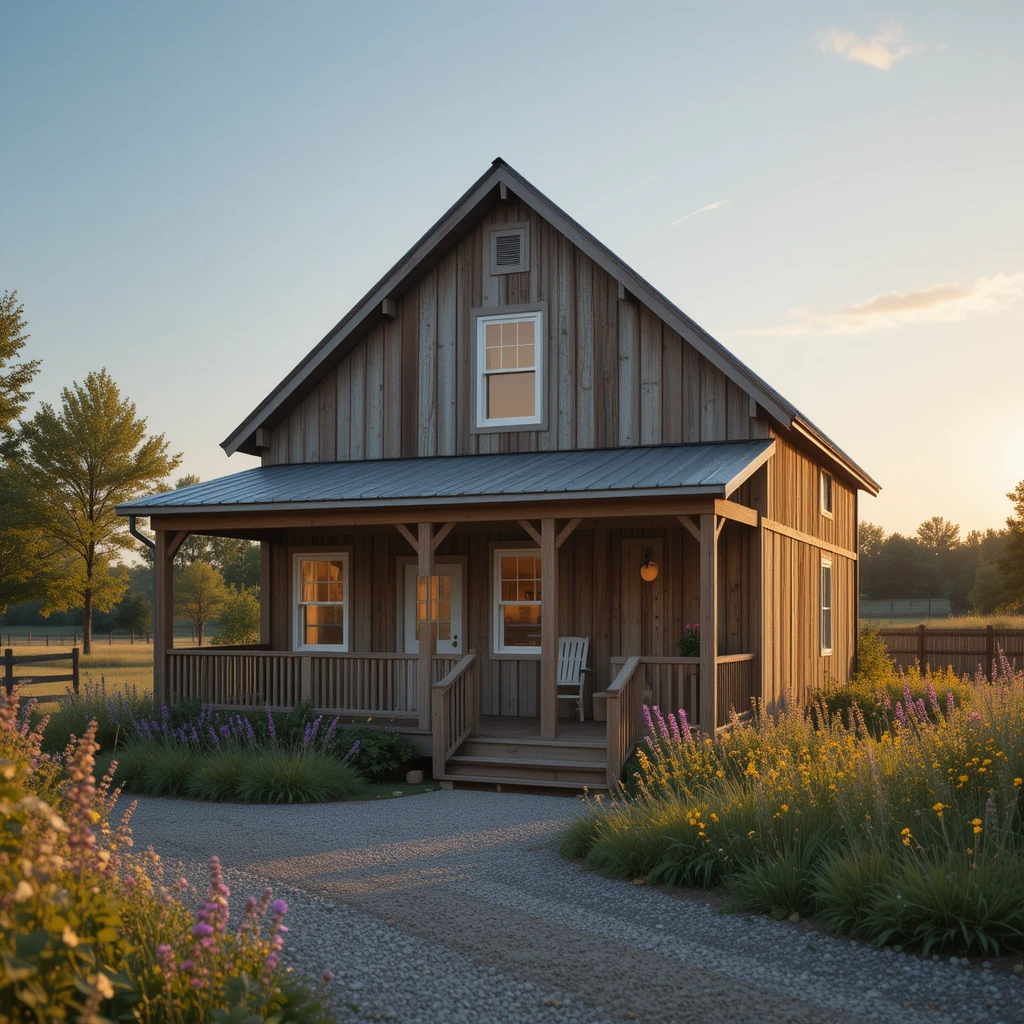
In this guide, we’ll break down:
✔ Realistic costs for a 1,000 sq ft farmhouse
✔ The cheapest farmhouse styles to build
✔ Prefab vs. stick-built savings
✔ Where to splurge vs. save
✔ 1 mistake that blows budgets
Let’s dive in!

1. Can You Really Build a Farmhouse for Under $100K in 2025?
Short answer: Yes—but with compromises.
The key factors that make a farmhouse under $100K possible:
– Size: Stick to 1,000–1,200 sq ft (smaller footprint = lower costs).
– Location: Rural land is cheaper (avoid high-cost urban areas).
– Labor: DIY or sweat equity cuts 30–50% of expenses.
– Materials: Reclaimed wood, metal roofing, and laminate countertops keep costs down.
Example Budget Breakdown (1,000 sq ft):
– Land: $10K–$30K (varies by region)
– Construction: $60K–$80K (stick-built, basic finishes)
– Permits/Utilities: $5K–$10K
👉 Tip: Prefab farmhouse kits can slash costs further (more in Section 4).

2. What’s the Cheapest Farmhouse Style to Build?
Not all farmhouses cost the same! The most affordable farmhouse construction styles are:
A. Simple Rectangular Layout (“Shotgun” or “Box Farmhouse”)
– Why? Fewer corners = less labor & materials.
– Cost: $80–$120/sq ft (vs. $150+ for complex designs).
B. Barndominium-Style (Metal Frame + Wood Accents)
– Why? Steel frames are durable & cheaper than wood.
– Cost: $70–$100/sq ft.
C. Tiny Farmhouse (<800 sq ft)
– Why? Lower material needs & easier DIY.
– Cost: $50K–$80K fully built.
💡 Design Hack: Use a gable roof (cheaper than hip roofs) and avoid porches initially.

3. How to Cut Costs on Farmhouse Construction Without Sacrificing Quality?
A. Material Swaps That Look High-End
– Flooring: Luxury vinyl plank (LVP) instead of hardwood ($2–$4/sq ft vs. $8+).
– Countertops: Butcher block or laminate ($20–$40/sq ft vs. $100+ for quartz).
– Siding: Fiber cement (durable & affordable) or painted plywood for a rustic look.
B. DIY & Sweat Equity
– Self-perform tasks: Painting, trim work, landscaping.
– Barter labor: Trade skills with friends (e.g., electrician for carpentry help).
C. Buy Reclaimed or Discounted
– Salvage yards: Doors, windows, and beams at 50–80% off.
– Facebook Marketplace: Cheap appliances and fixtures.
📌 For decor inspiration, see these Affordable Modern Farmhouse Decor Ideas: Cozy & Chic on a Budget.

4. Prefab vs. Stick-Built Farmhouse: Which Saves More Money?
| Factor | Prefab Farmhouse Kits | Stick-Built |
|---|---|---|
| Cost/sq ft | 60–60–110 | 80–80–150 |
| Build Time | 3–6 months | 6–12 months |
| Customization | Limited | High |
| Labor Needed | Minimal (factory-built) | Extensive |
Winner for Budget Builders: Prefab kits (if you like pre-designed layouts).

5. What Farmhouse Materials Look Expensive But Are Actually Cheap?
– Faux Wood Beams (PVC or polyurethane) – $20–$50 each (vs. $200+ for real wood).
– Shiplap Alternative: Use plywood strips ($0.50/sq ft) instead of real shiplap ($3+/sq ft).
– Concrete Countertops: DIY for $10–$20/sq ft (vs. granite at $50+).
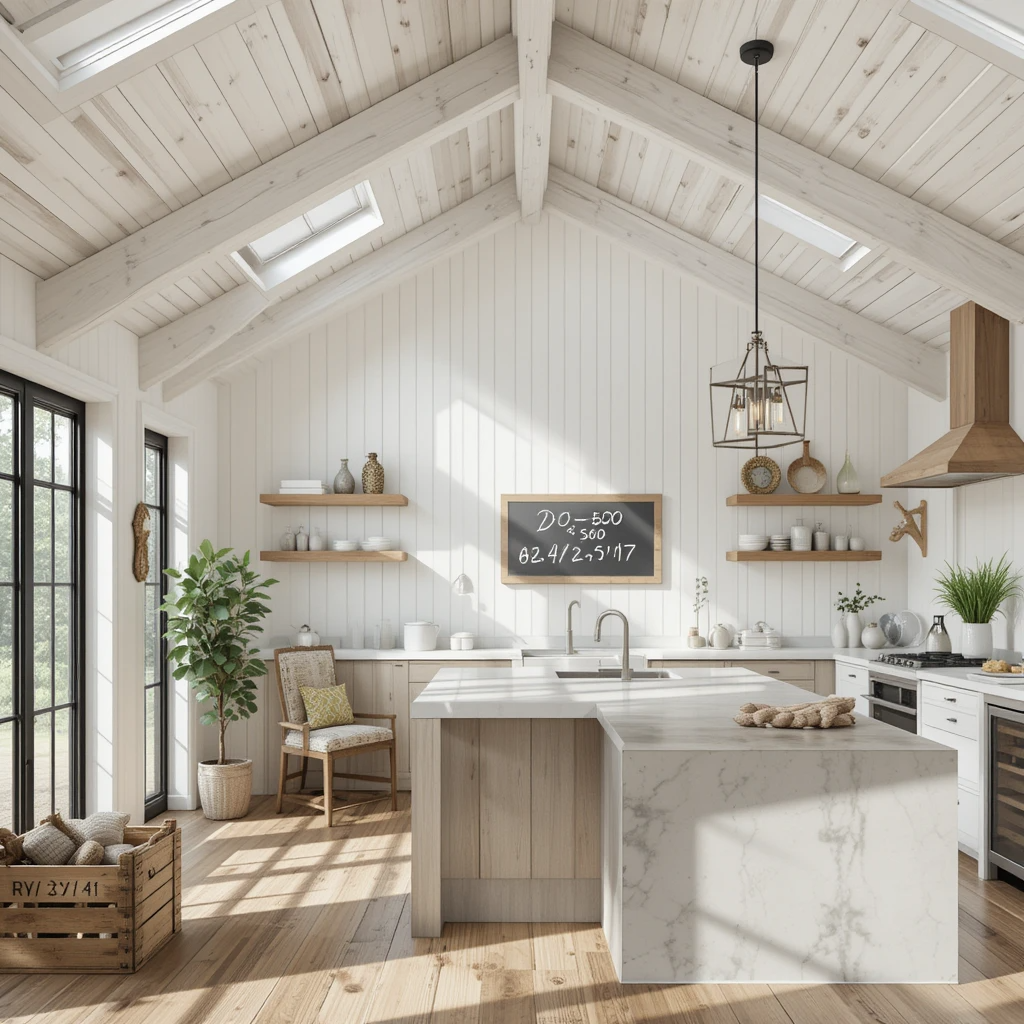
6. Where Should I Splurge and Save When Building a $100K Farmhouse?
SPLURGE On:
✅ Roofing (metal lasts 50+ years)
✅ Insulation (saves long-term energy costs)
✅ Foundation (avoid cracks & settling)
SAVE On:
❌ Fancy Lighting (swap $200 fixtures for $50 lookalikes)
❌ High-End Flooring (LVP mimics wood at half the cost)

7. How Much Does a 1,000 Sq Ft Farmhouse Cost to Build?
| Category | Low-End | High-End |
|---|---|---|
| Materials | $40K | $70K |
| Labor | $20K | $50K |
| Permits/Fees | $3K | $10K |
| Land (1 acre) | $10K | $30K |
| Total | $73K | $160K |
👉 With smart cuts, you can stay under $100K!

8. What’s the 1 Mistake People Make Building Budget Farmhouses?
Overcustomizing too early! Fancy trim, complex layouts, and premium finishes add 20–40% to costs.
Fix: Build a simple shell first, then upgrade later.

9. Are Reclaimed Materials Worth It for a Cheap Farmhouse?
Pros:
✔ Unique character
✔ 50–80% cheaper than new materials
Cons:
❌ Time-consuming to source/refinish
❌ May need structural reinforcement
Best for: Flooring, doors, and accent walls.

10. How to Get Farmhouse Permits Approved Faster to Save Money?
– Use pre-approved plans (check local building departments).
– Hire a permit expediter (costs $500–$2K but saves months).
– Avoid zoning issues by verifying land use before buying.

Final Thoughts: Your Farmhouse Under $100K Is Possible!

By choosing affordable farmhouse construction methods—like prefab kits, DIY labor, and reclaimed materials—you can build a charming, functional farmhouse without a massive loan.


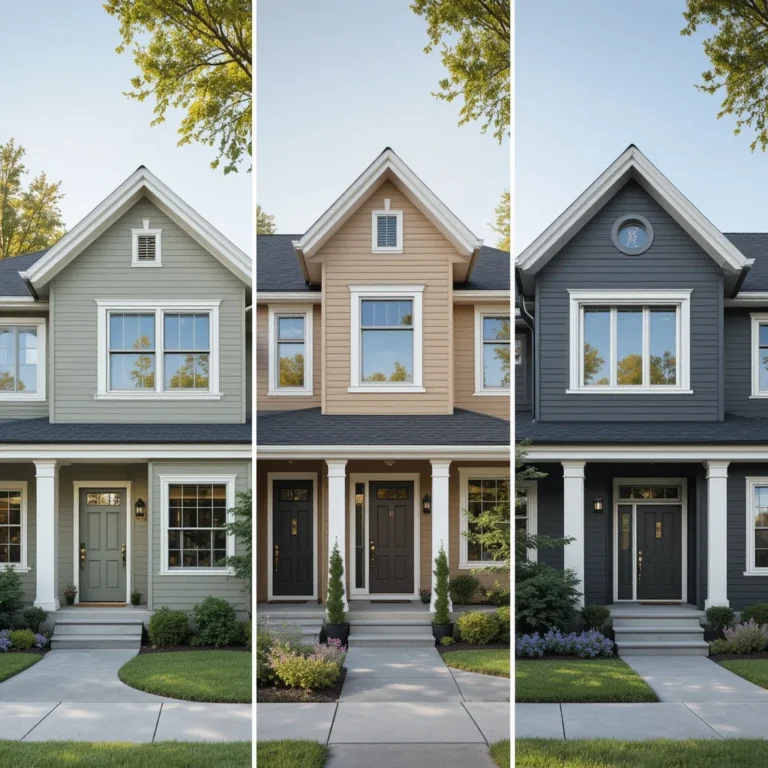



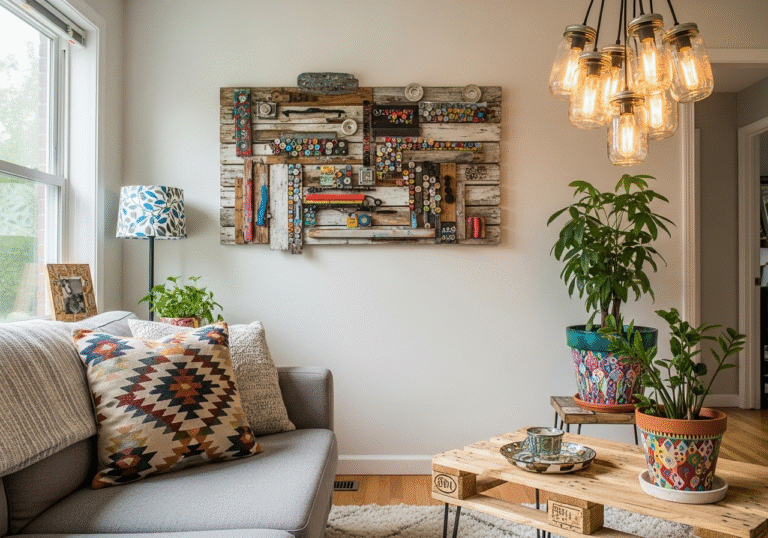
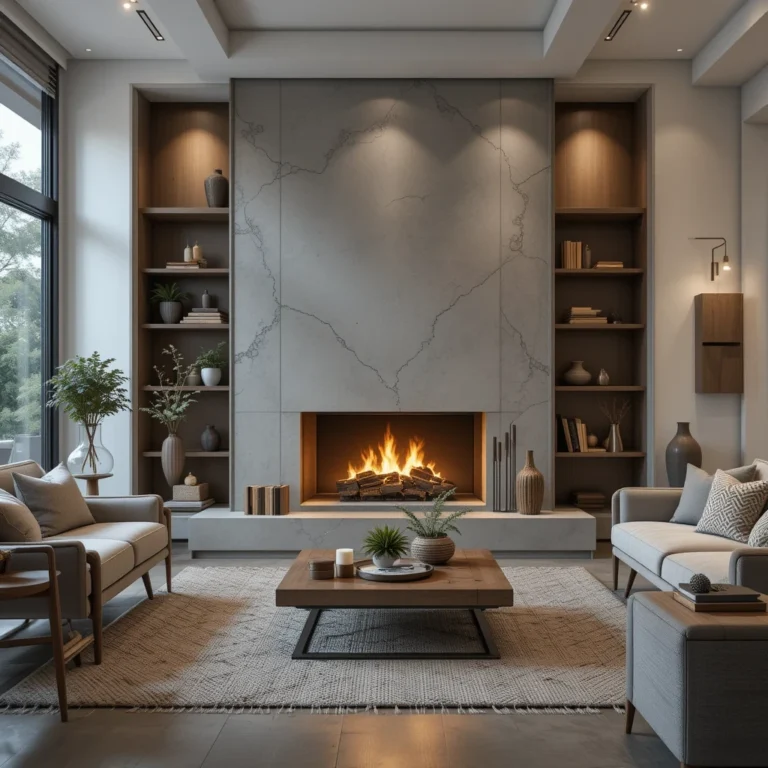
It’s great to see companies like Make Homes Cozy taking advantage of affiliate programs to support their business. I wonder how effective this strategy is in generating revenue compared to other methods. Do you think this approach benefits the users as much as it does the company? I’m curious about the selection process for the products they link to—are they chosen based on quality, popularity, or something else? It’s interesting how affiliate marketing has become such a common practice nowadays. What’s your take on the balance between earning fees and providing genuine value to the audience? Would love to hear more about your experience with this model!
It’s fascinating how affiliate marketing has become such a popular revenue stream for companies. I wonder if Make Homes Cozy has seen a significant increase in sales since adopting this strategy. Do they prioritize user experience when selecting products, or is it purely profit-driven? Could this model potentially compromise the quality of recommendations? I’d love to know if they have any metrics to measure audience satisfaction versus revenue. How do they ensure that the products they link to genuinely benefit their users? It’s a fine line between earning fees and maintaining trust—what’s your approach to striking that balance?